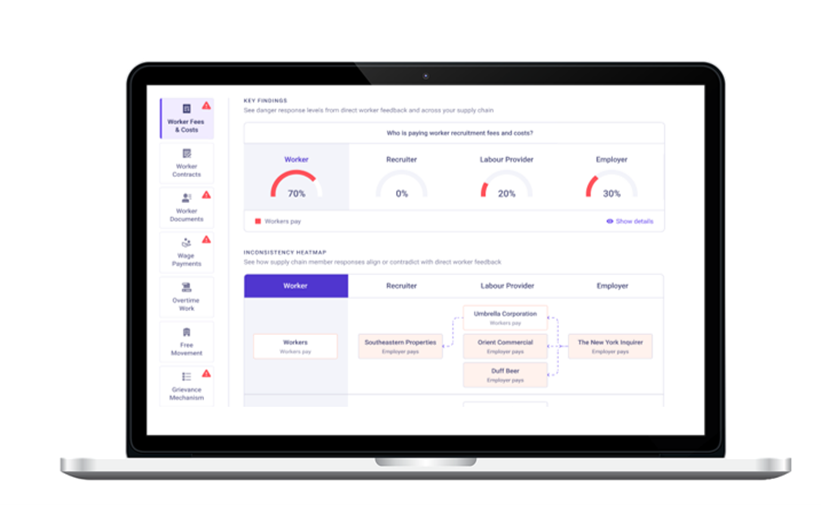Unpacking the GRI Mining Standard: A Deep Dive for Sustainable Mining Practices

The mining industry plays a crucial role in our global economy, but its environmental and social impacts cannot be ignored. To address these concerns and promote responsible mining, the Global Reporting Initiative (GRI) has developed the GRI Mining Standard (GRI 14). This comprehensive framework empowers mining companies to measure, manage, and communicate their sustainability performance.
The Pillars of Sustainable Mining Standard
The GRI Mining Standard covers a wide range of topics, from environmental impacts like water usage and greenhouse gas emissions to social considerations such as community engagement and human rights. The standard emphasizes transparency and accountability, requiring companies to report on both positive and negative impacts. Some key areas of focus include:
- Tailings management: Addressing the safe storage and disposal of mine waste, a critical issue with potential for environmental disaster.
- Biodiversity: Protecting ecosystems and mitigating the impact of mining operations on local flora and fauna.
- Human rights: Respecting the rights of workers, indigenous communities, and other stakeholders impacted by mining activities.
Beyond the Basics
While the GRI Mining Standard provides a solid foundation for sustainable mining practices, there are some nuanced aspects that deserve closer attention. For example, the standard encourages companies to go beyond mere compliance and strive for continuous improvement. This means actively seeking opportunities to reduce environmental impact, enhance social well-being, and strengthen governance practices.
Industry Trends and Implications:
The mining industry is undergoing significant transformation, driven by factors like technological advancements, increasing demand for metals and minerals, and growing pressure from investors and consumers for greater sustainability. The GRI Mining Standard is a key tool for navigating this evolving landscape. It can help mining companies:
- Attract investment: Demonstrating strong ESG performance is increasingly important for securing funding and attracting investors who prioritize sustainability.
- Build trust: Transparent and credible ESG reporting can enhance a company's reputation and build trust with stakeholders.
- Mitigate risk: Identifying and addressing ESG risks proactively can help avoid costly incidents and reputational damage.
Diginex's Expertise: Your Partner in Sustainable Mining
At Diginex, we understand the complexities of ESG reporting and compliance in the mining sector. Our team of experts has extensive experience in supporting mining companies on their sustainability journey. We offer comprehensive solutions, including ESG software, consulting services, and training programs, tailored to meet the unique needs of the mining industry.




